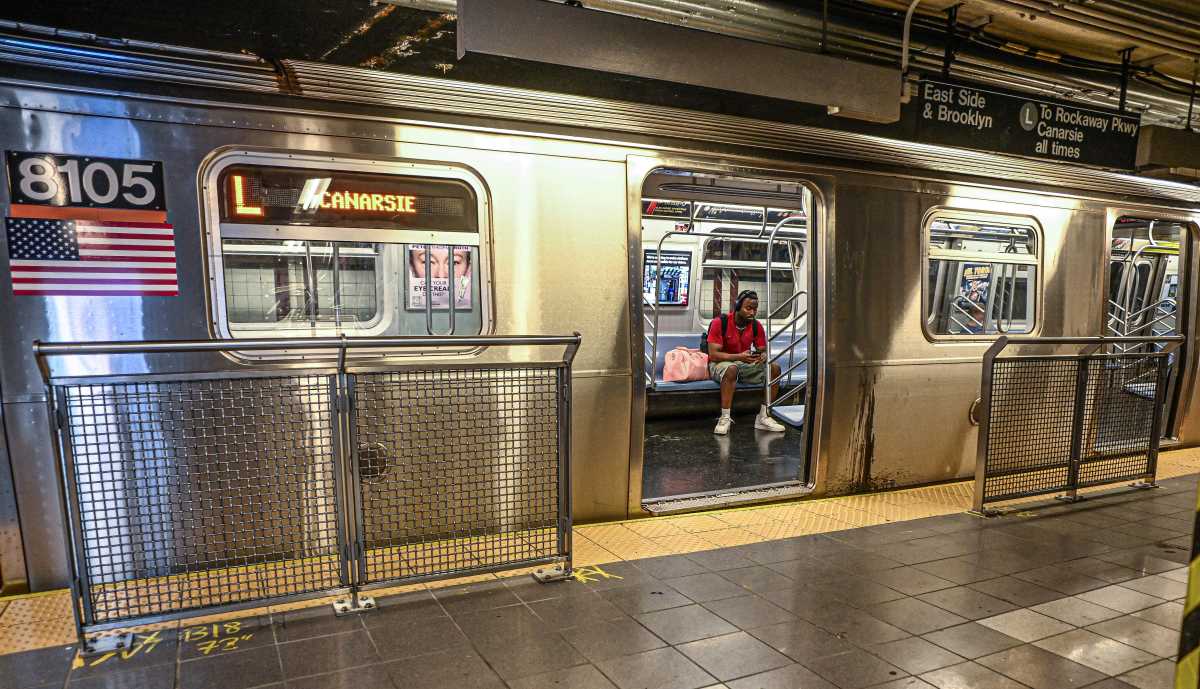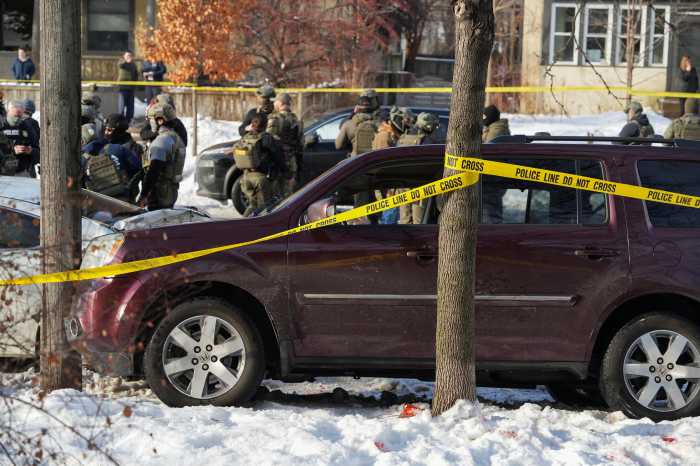When Governor Eliot Spitzer recently unveiled his $120.6 billion 2007-2008 Executive Budget which increases overall spending by 6.3 percent, many pundits quickly speculated that the newly-elected governor’s honeymoon was over.
Spitzer’s budget called for increased funding for education, children’s health care and property tax relief, among other increases that he vowed would change the culture in Albany.
“This budget makes targeted investments in our future, provides overdue property tax relief to middle class homeowners and drives resources to communities in need,” Spitzer said. “It also makes the tough decisions necessary to bring spending growth under control.”
Shortly after Spitzer unveiled his budget, Senate Majority Leader Joseph Bruno, Assembly Speaker Sheldon Silver as well as several special interest groups including many in the healthcare industries expressed concerns with certain aspects of the budget.
While Spitzer’s budget called for $165 million in additional funding over the next two years for an expansion of the Child Health Plus program, providing access to health coverage for all 400,000 currently uninsured children in the state as well as streamlining enrollment procedures for Medicaid patients, he also proposed nearly $1.2 billion in cuts to predominantly Medicaid programs.
“The Governor’s proposals to harm the health care delivery system through cuts to hospitals and nursing homes should be opposed particularly at a time when the State is undertaking a major effort to restructure the hospital and nursing home system,” was the response of a joint report put out by the powerful local union 1199 SEIU and the Greater New York Hospital Association.
Spitzer promised during the campaign and re-avowed after his election to clean up the Medicaid system because he said it costs New Yorkers hundreds of millions of dollars in spending each year, which cannot be accounted for.
One Queens Senator, fellow Democrat George Onorato, said he was concerned about the Medicaid cuts, specifically the impact the cuts would have on the people in his district.
“Our borough is already medically-underserved in many ways, and facing the potential loss of health care facilities, and I want to make sure that any cost savings proposed in the spending plan do not ultimately make an already serious medical care situation even more perilous for Queens residents,” he said.
In addition to the proposed funding changes regarding health care, Spitzer also outlined a plan to increase educational funding by $1.4 billion this cycle as well as plans for increasing it to a $7 billion annually in resources to schools by 2011.
“After this unprecedented infusion of resources, the focus of education debate in New York will rightfully shift to accountability and performance in schools,” Spitzer said.
Spitzer also unveiled plans for $1.5 billion in property tax relief targeted for the middle class and senior homeowners, which he said would be phase one of a three-year plan to decrease property taxes.
“Real property taxes in New York State have risen 60 percent in the last decade and are among the highest in the nation,” he said. “There’ll be no turnaround in New York until we reduce this crushing burden.”































